The best mat cutters for mounting and framing your photos
Create professional mounts for photos and artwork easily, with the best mat cutters
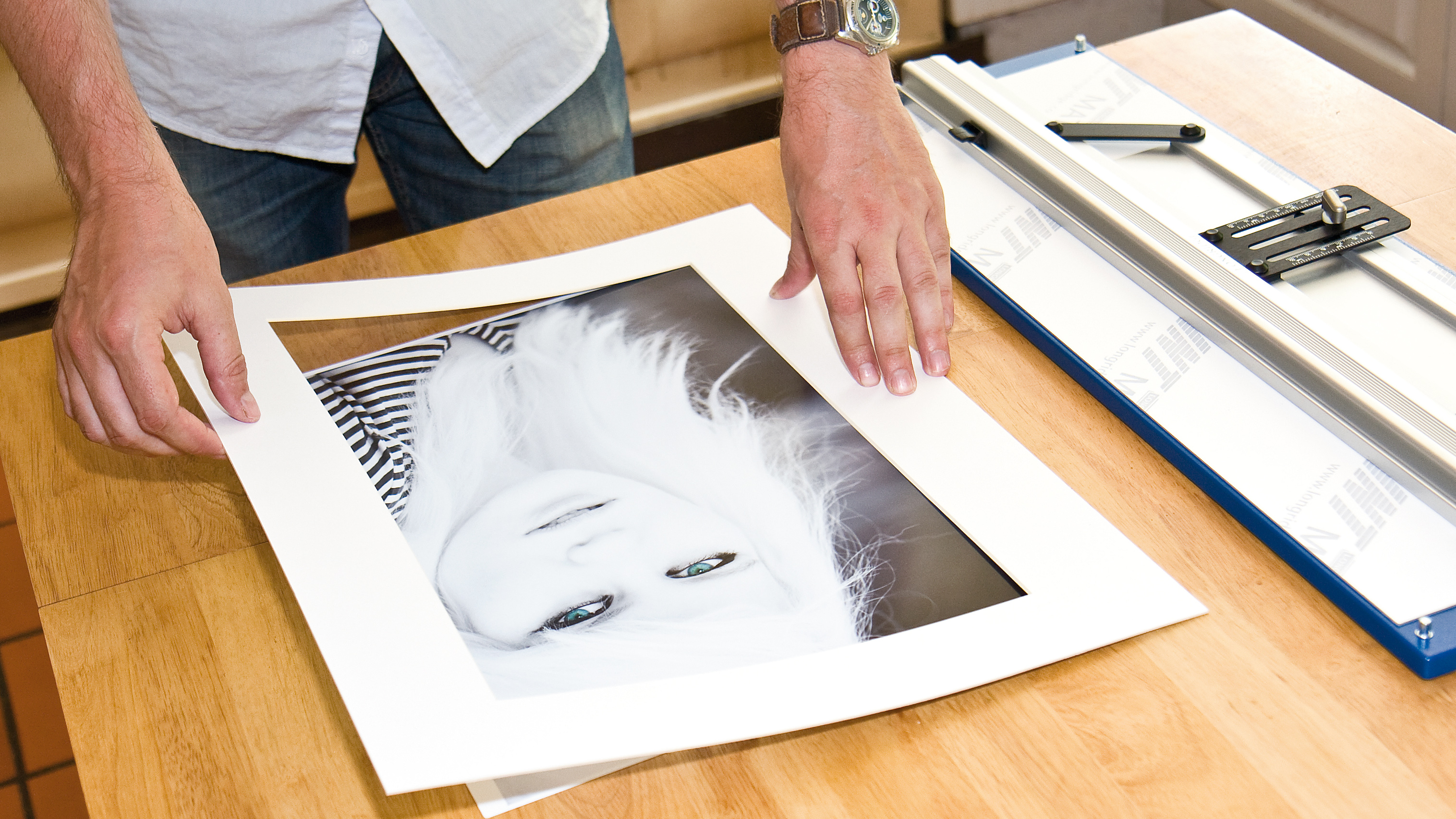
The best mat cutter makes it easy to cut matboard, quickly and easily, to create a card border that frames your photo, drawing or painting within a frame. A mat, also known as passepartout, will give a sophisticated look to your picture, as well as creating a protective buffer between the artwork and the glass. So even if you're selling or gifting it without a picture frame, it will still look attractive.
So what's the best mat cutter to buy? Well, it partly depends on what you're looking for. The cheaper type of mat cutter is handheld and simple. However, pricier models include extra features such as a work surface, metal rule, and other tools to help you make more precise and accurate cuts, at a 45° angle for the window of the mount. Some models will also provide a 90° cutting blade for the edges of the mount.
In this guide, we narrowed down the best mat cutters on the market today, of both types. And we give you the facts and figures you need to choose between the different models.

Tom May is a freelance writer and editor specializing in art, photography, design and travel. He has been editor of Professional Photography magazine, associate editor at Creative Bloq, and deputy editor at net magazine. He has also worked for a wide range of mainstream titles including The Sun, Radio Times, NME, T3, Heat, Company and Bella.
The Quick List
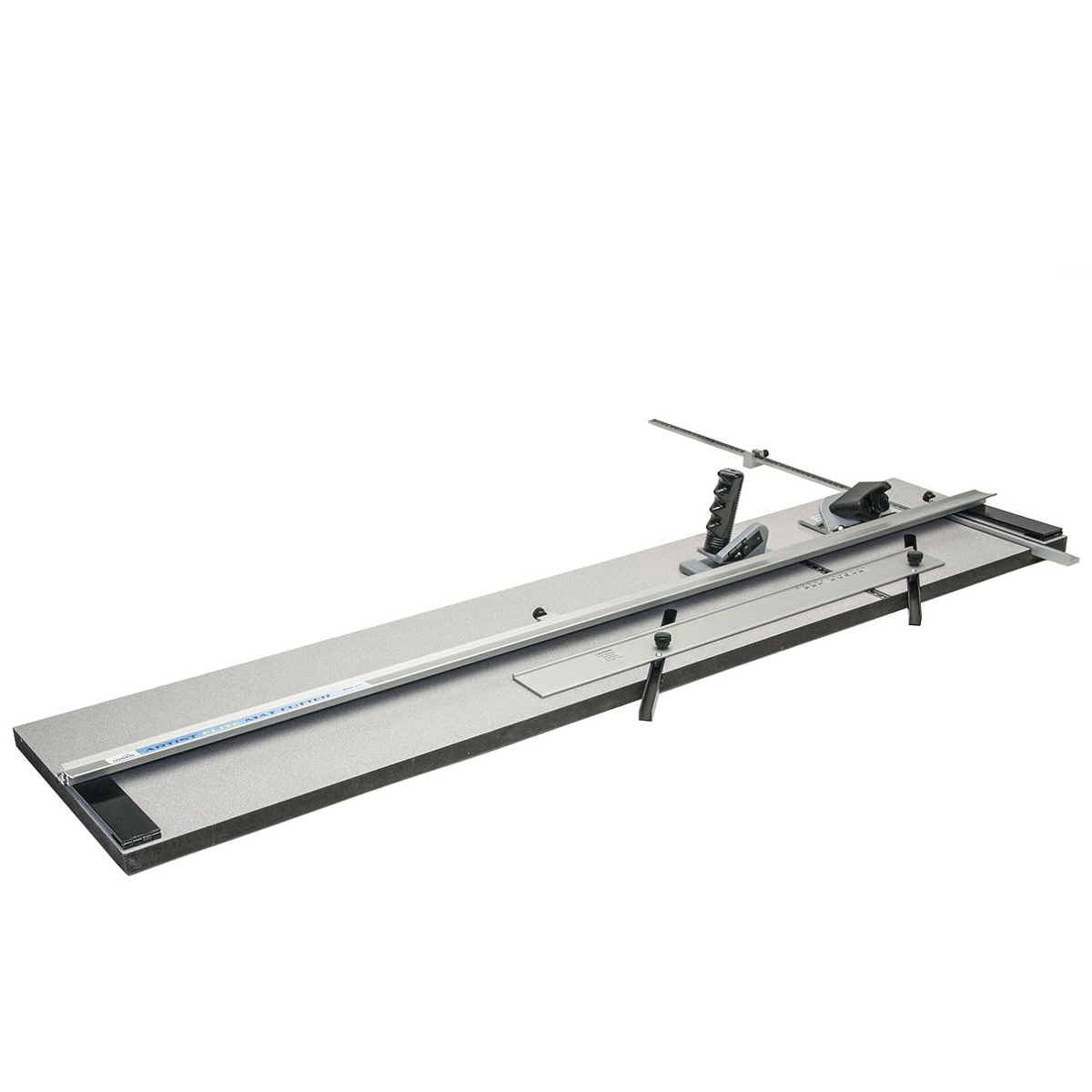
When precision matters, you need a professional cutter. The Artist Elite has two cutting modes and plenty of aides to ensure accuracy.
Read more below
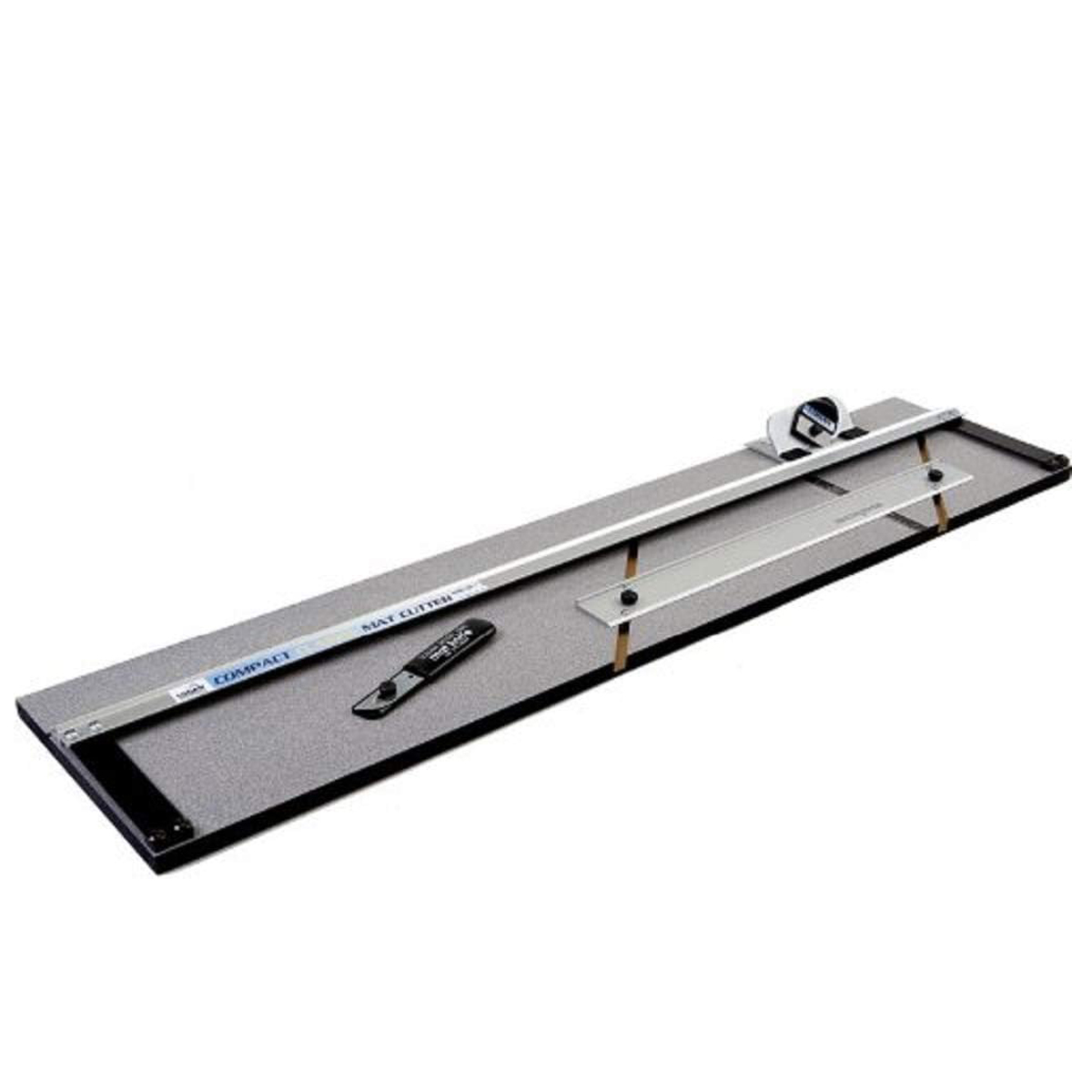
This is a smaller but still generous-sized cutter, with three depth positions, two cutting styles, and one attractive price point.
Read more below
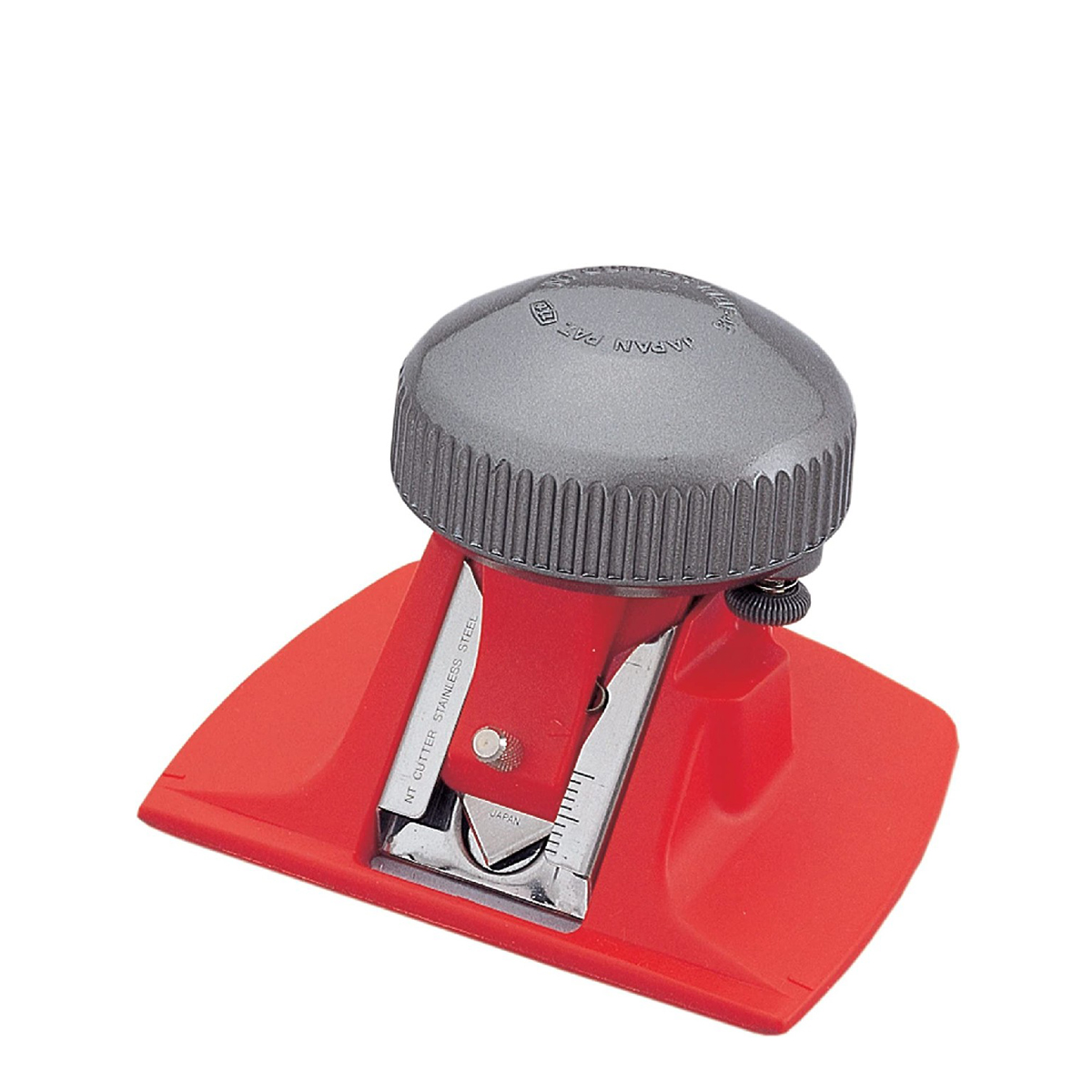
Here’s a much simpler option at a keen price. A non-slip rubber base and a retractable blade mean there’s no compromise on safety.
Read more below
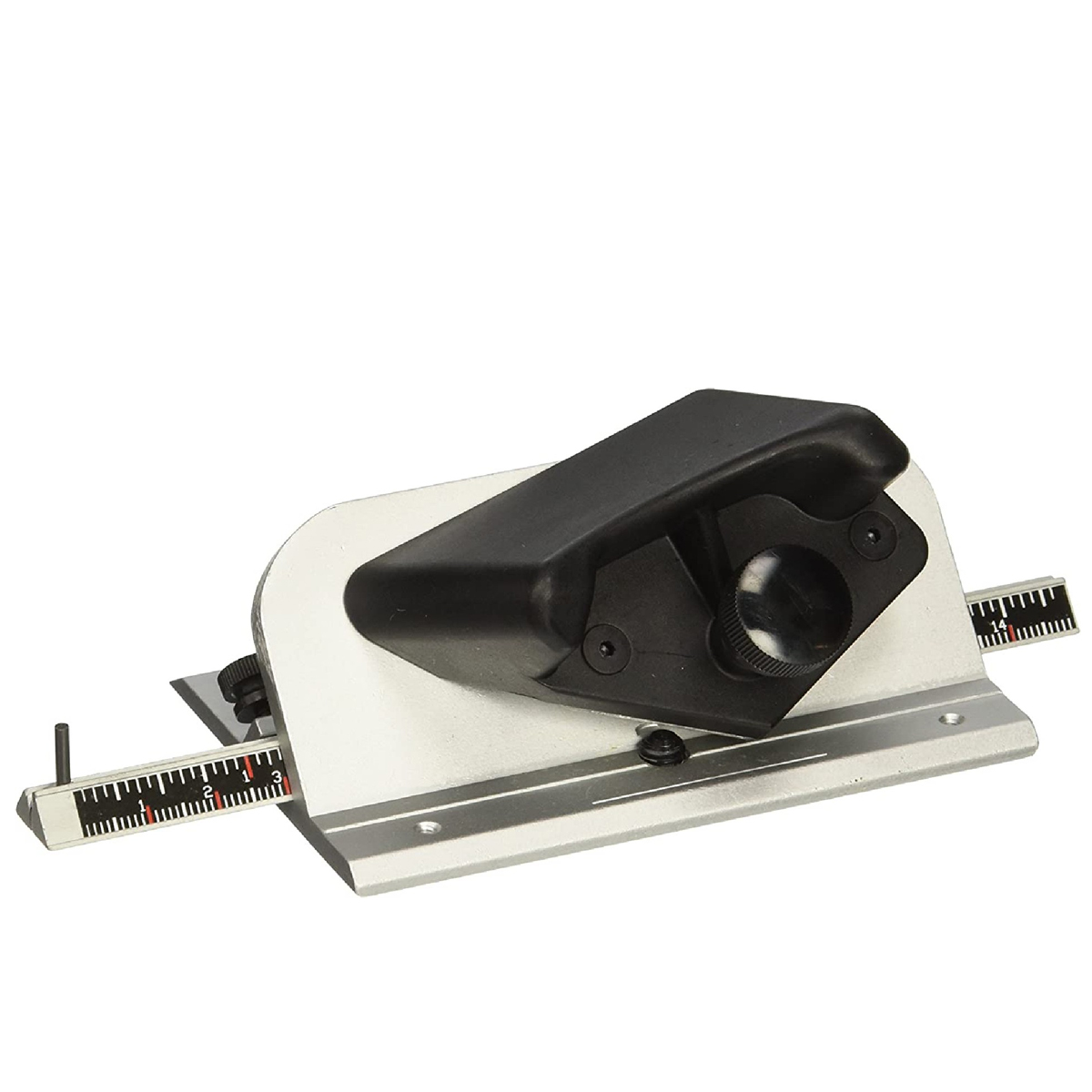
This is our favorite handheld-style mat cutter, with a comfortable design and thoughtful touches like an integrated pencil for marking.
Read more below
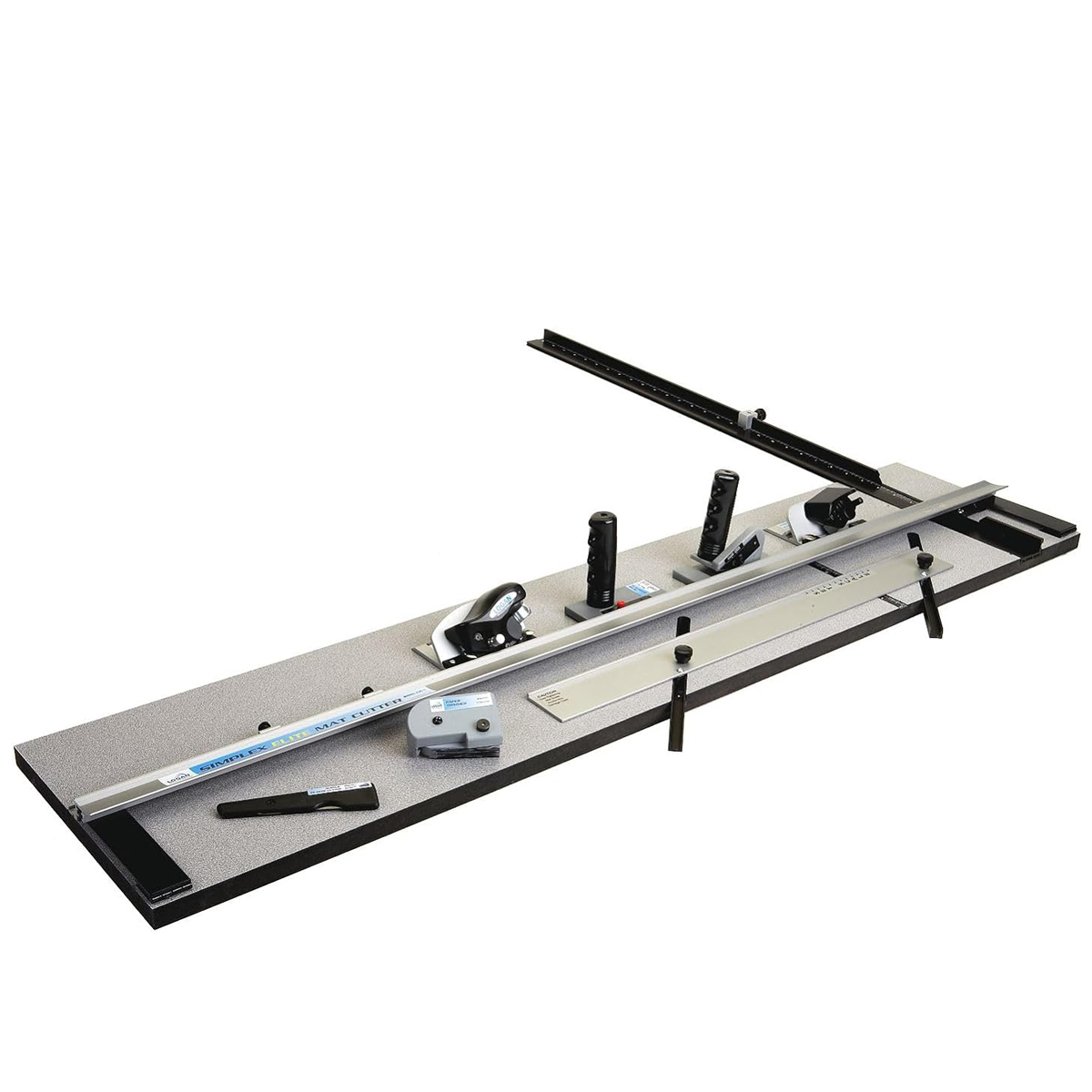
If you do a lot of cutting, you’ll want a system that is built well enough to stay the course: look no further than this option.
Read more below
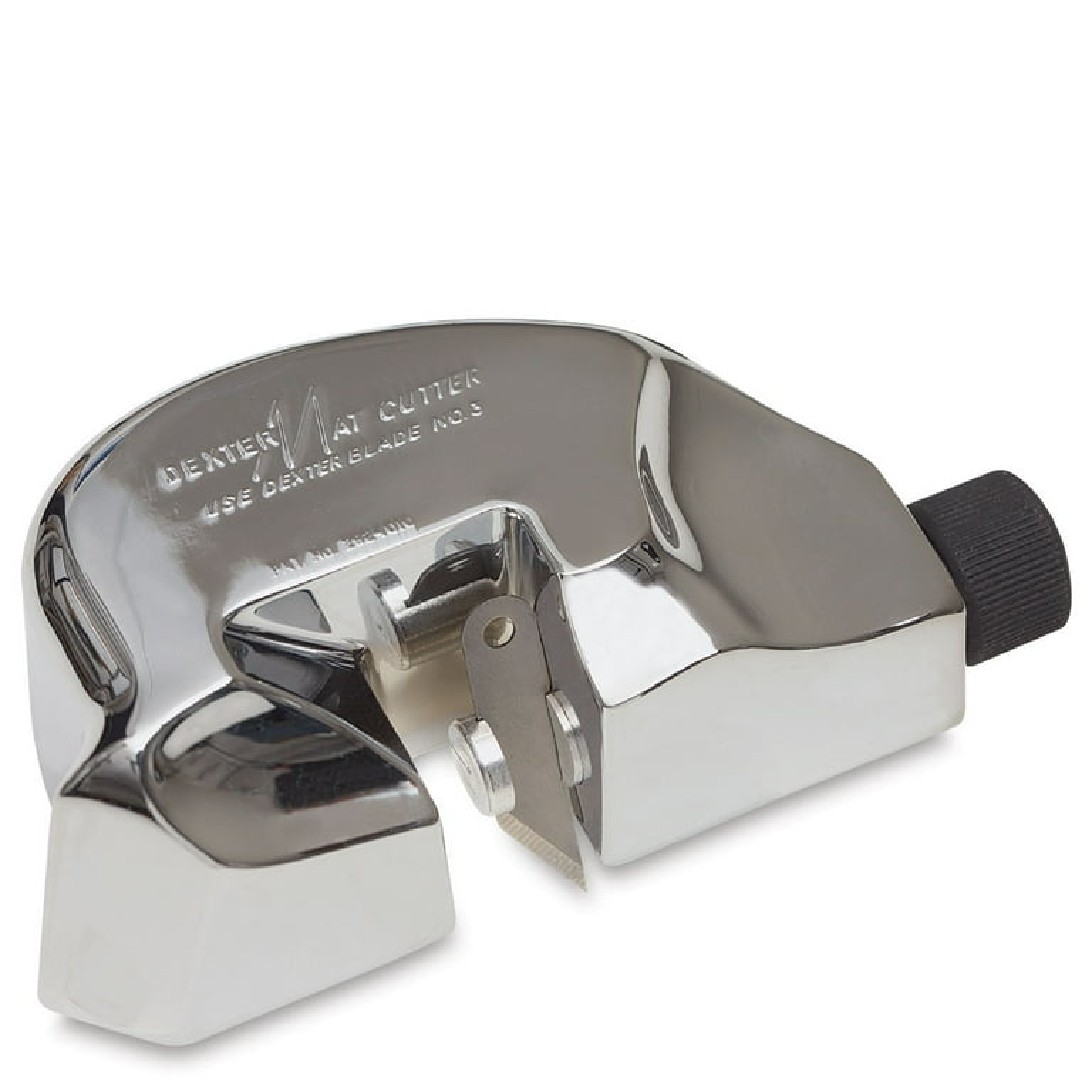
If you want to move beyond squares and rectangles, here's our top choice: this mat cutter is designed to cut freehand shapes.
Read more below
Mat cutter jargon: what you need to know
Mat cutter or bevel cutter A special blade used with a metal ruler that lets you to cut out the central piece of the mount board at a 45˚ angle.
Window mount A frame cut from mount board that has a 45˚ beveled edge.
Mount board Thick card used to create the window mount. This is available from art stores. When selecting a color, it’s usually best to stick to black or white so that it doesn’t clash with the print.
There’s a full tutorial for using a mat cutter later in this guide.
The best mat cutters
Why you can trust Digital Camera World
Best pro mat cutter
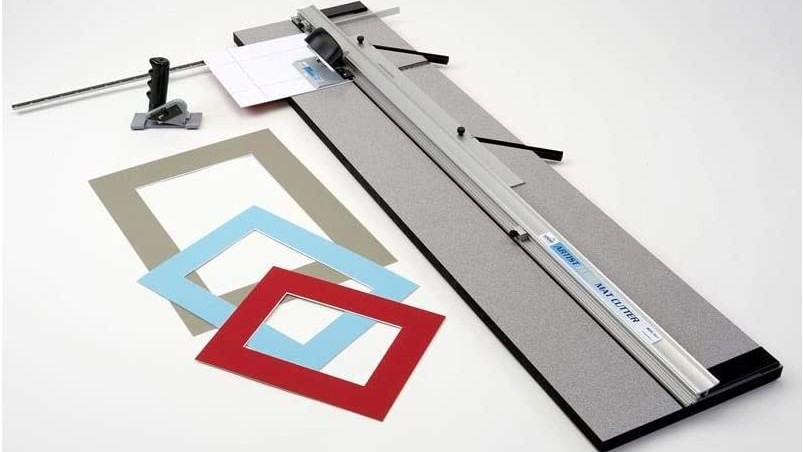
1. Logan 450-1 Artist Elite Mat Cutter
Specifications
Reasons to buy
Reasons to avoid
If you're using a mat cutter as a professional photographer, artist or interior designer, you'll benefit from moving beyond cheap, handheld mat cutters, and investing in a more sophisticated kit that can help you achieve greater precision and accuracy. Our favourite right now is the Elite 450-1 Artist Mat Cutter.
Firstly, it has a 40-inch cutting capacity, making it suitable for large-scale projects. You get both a straight cutter and a pull-style bevel cutter, giving you a lot of flexibility in the types of cuts you can make. And you can ensure your cuts are super-accurate, thanks to a number of handy tools. These include a squaring bar to ensure your mat board is held square, a parallel mat guide which makes it easy to mark your borders, and two production stops to ensure you don't overcut your mat board.
That all might sound complicated, but this mat cutter is surprisingly intuitive and easy to use in practice, so even a beginner can use it. The main downside is the high price, which means that it's best suited for professional use.
Best-value mat cutter
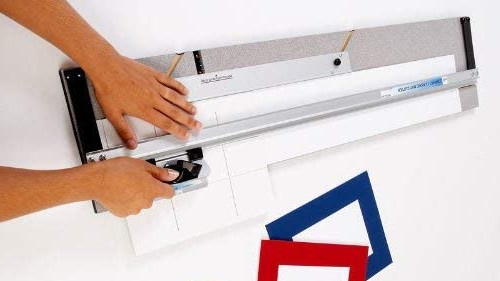
2. Logan 301-1 Versatile Portable Mat Cutter
Specifications
Reasons to buy
Reasons to avoid
If your use of a mat cutter is more semi-pro than pro, you might want to spend a bit less than our number one choice above – in which case, we'd recommend the Logan Graphics 301-1, which you can use to make cuts up to 32 inches in length.
To keep your mat board in place and help you achieve precision cuts, you get a base board, a hinged guide rail, a start-and-stop indicator, and a parallel mat guide. There's also a push-style beveled cutting head as well as straight cutter, with three depth positions to choose from. Overall, this is a great way to achieve pro-level results at a relatively affordable price.
Best budget mat cutter
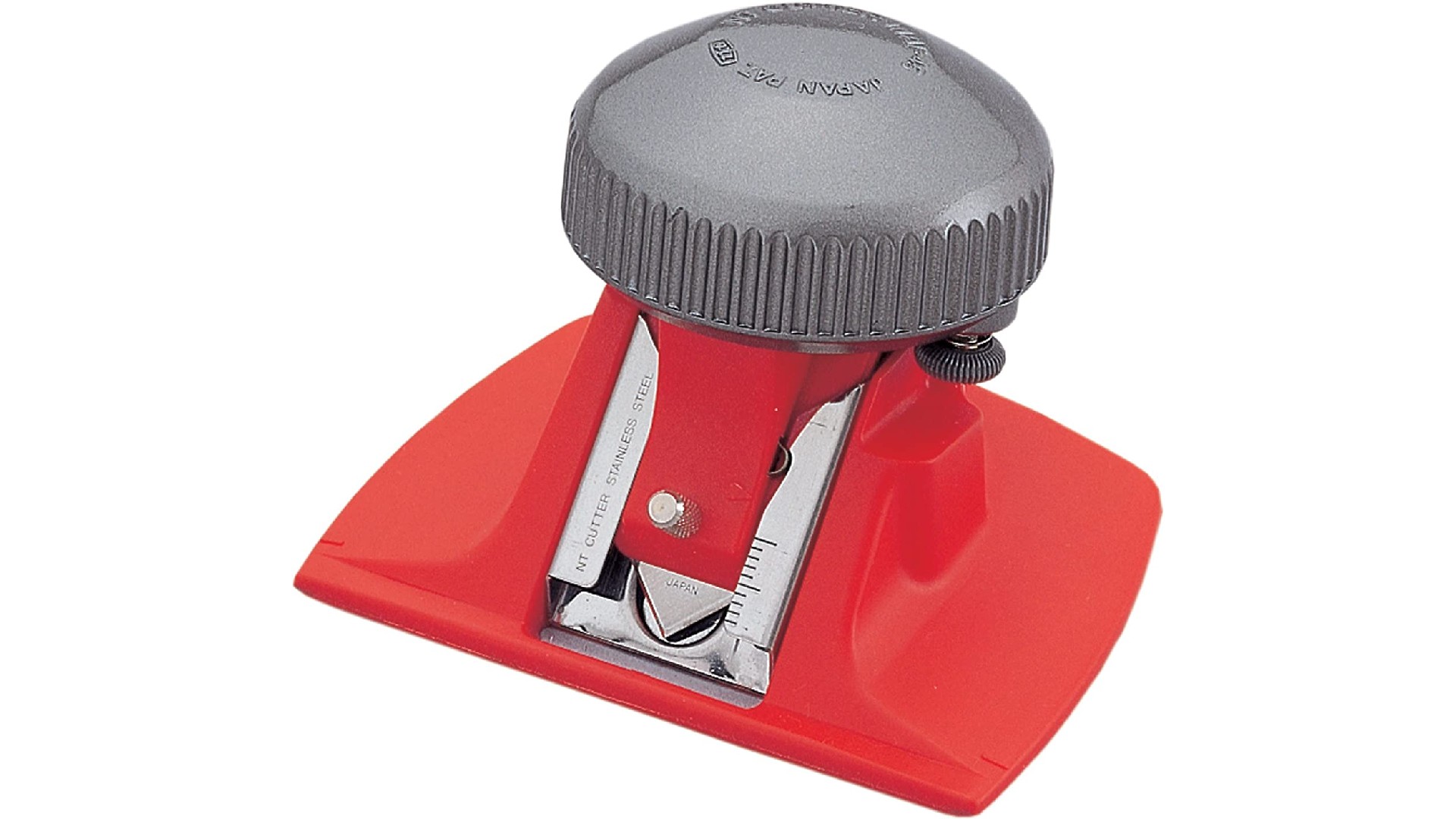
3. NT MAT-45P Mat Cutter
Specifications
Reasons to buy
Reasons to avoid
Short on cash? This budget buster is a great choice for making cuts in your mat board. Made in Japan, the simple, easy-to-use device has a non-slip rubber base, to help prevent your ruler being nudged as you cut. The high-quality blade, made from chromium and tungsten added carbon tool steel, is lovely and sharp. It also retracts when not in use.
Beyond that, it doesn't really have any clever features, and you do need to apply a bit of pressure to make successful cuts. But overall, it does the job well and offers excellent value.
Best handheld mat cutter
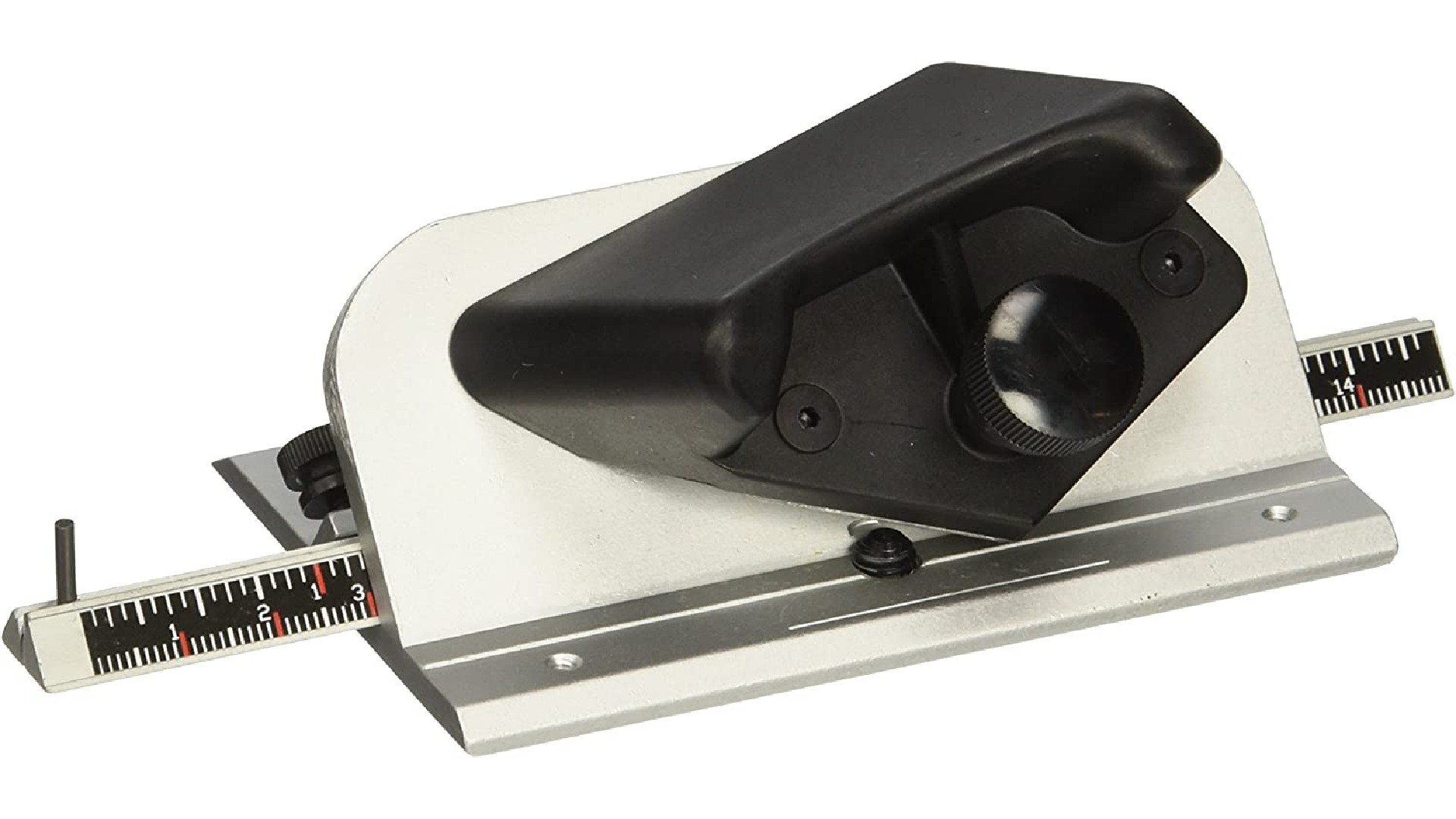
4. Logan 4000 Handheld Pull Style Mat Cutter
Specifications
Reasons to buy
Reasons to avoid
If you want to use a handheld mat cutter, this is our top recommendation. It features a pivot-and-pull blade, which makes for straight and clean cutting, and the handle is ergonomic and comfortable to hold. Plus there's a marker bar system with pencil lead, which makes it quick and easy to mark up your mat board for cutting.
There's also a blade slot to prevent your blade bending mid-cut. A start-and-stop indicator guards against you going too far with your cuts. And you can adjust the depth of the blade, which means you can also use it to cut photos, craft paper, foam board and more.
Best high-volume mat cutter
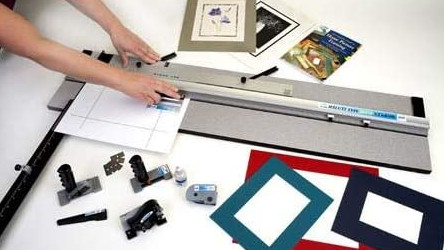
5. Logan 750-1 Simplex Elite Mat Cutter
Specifications
Reasons to buy
Reasons to avoid
This board-mounted cutting system is pretty similar to the 450-1, number 1 on our list; both for example, cut matboard up to 40 inches long. But this one is more expensive... so why buy it?
Well, one advantage is that it has a full 32-inch squaring arm, which makes right-angled cuts on large mats a lot easier. Another is that the alignment guides are more securely attached, so they're more likely to stay in place over time if you do a lot of cutting. A third is that it can cut glass, plexi and other materials – as well as giving 45° and 90° cuts to the mat.
These are pretty subtle differences, though, so for most pros we'd still recommend the 450-1. If, however, you're cutting at high volumes and are finding the accuracy of your 450-1 is wearing out, you just want to the larger squaring arm, or you need to cut other materials, it may be worth the extra spend. A larger 60in version of the Logan 750-1 is also available if you want to do even bigger mounts.
Best freehand mat cutter
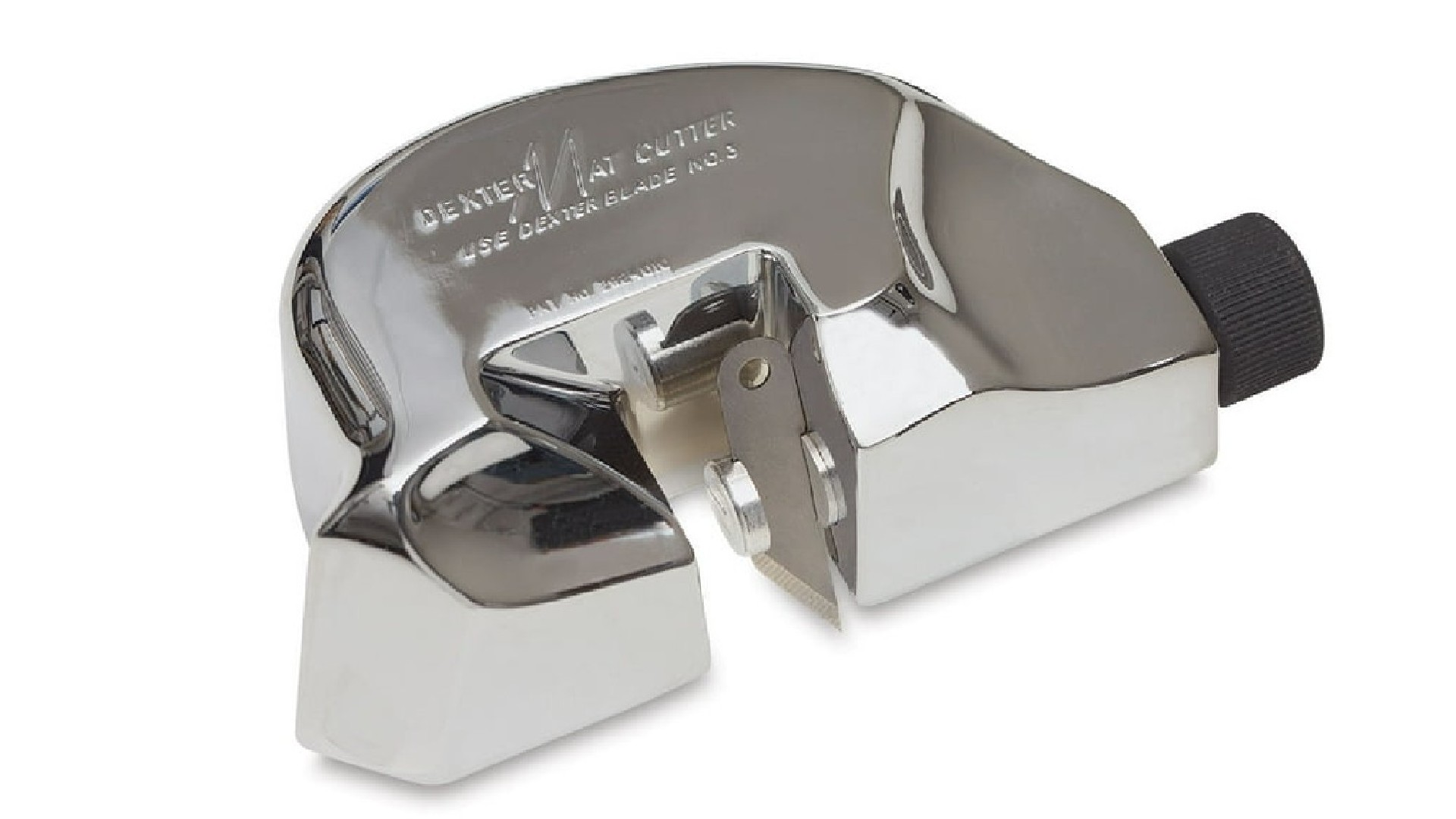
6. Dexter-Russell Mat Cutter
Specifications
Reasons to buy
Reasons to avoid
If you want to move beyond squares and rectangles, this compact mat cutter is the only one on our list which is designed to cut freehand shapes. Its blade can be adjusted to any depth or angle using a knob, so it's able to cut both beveled edges and straight edges. And its curved body rests against your palm nicely, making it very comfortable in use.
How to make a mount with a mat cutter
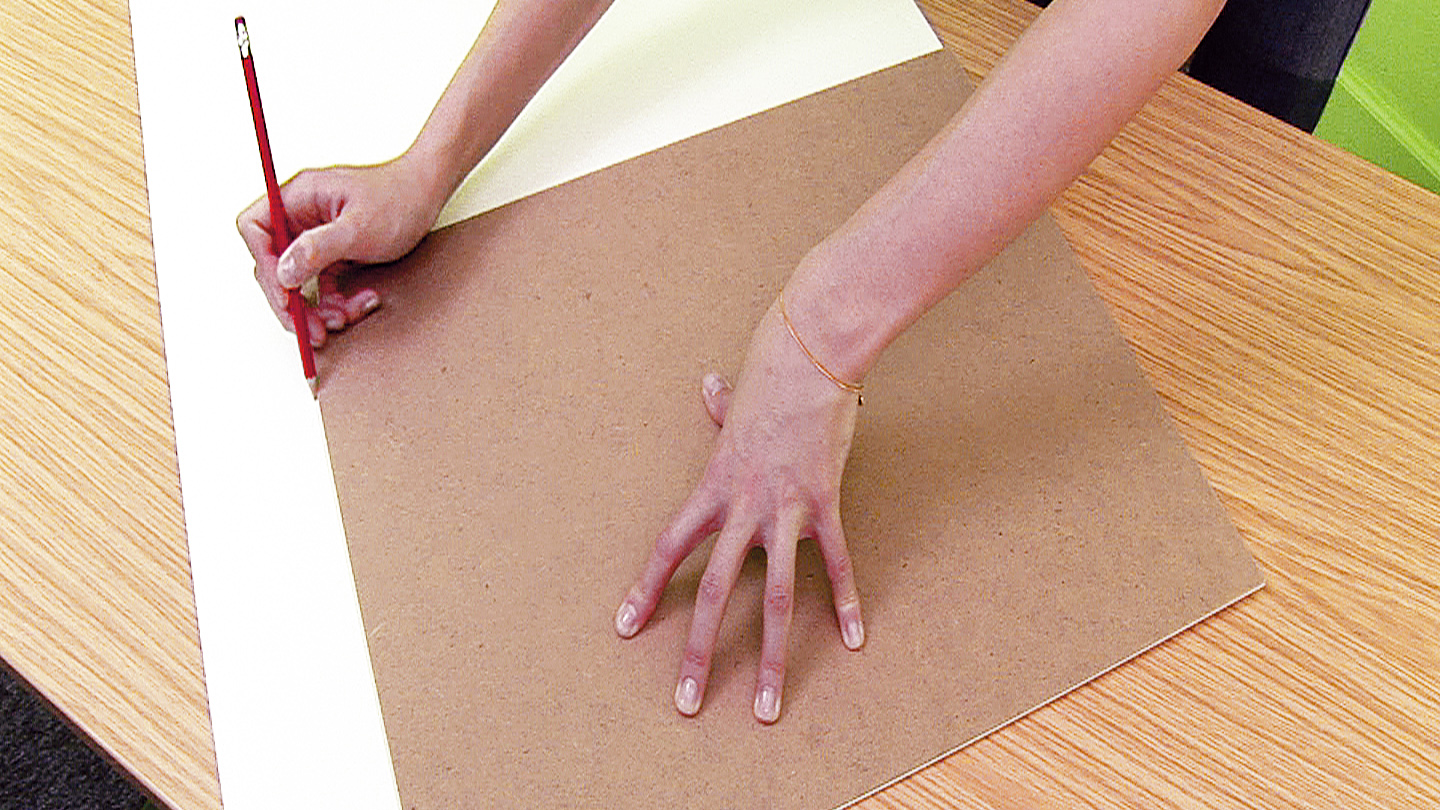
1. Cut the mount board to size
Remove the backboard from the glass frame and line it up with the top and side edge of the reverse of the mount board. Mark along the other two sides with a pencil and the carefully cut along these lines using a metal ruler and craft knife.
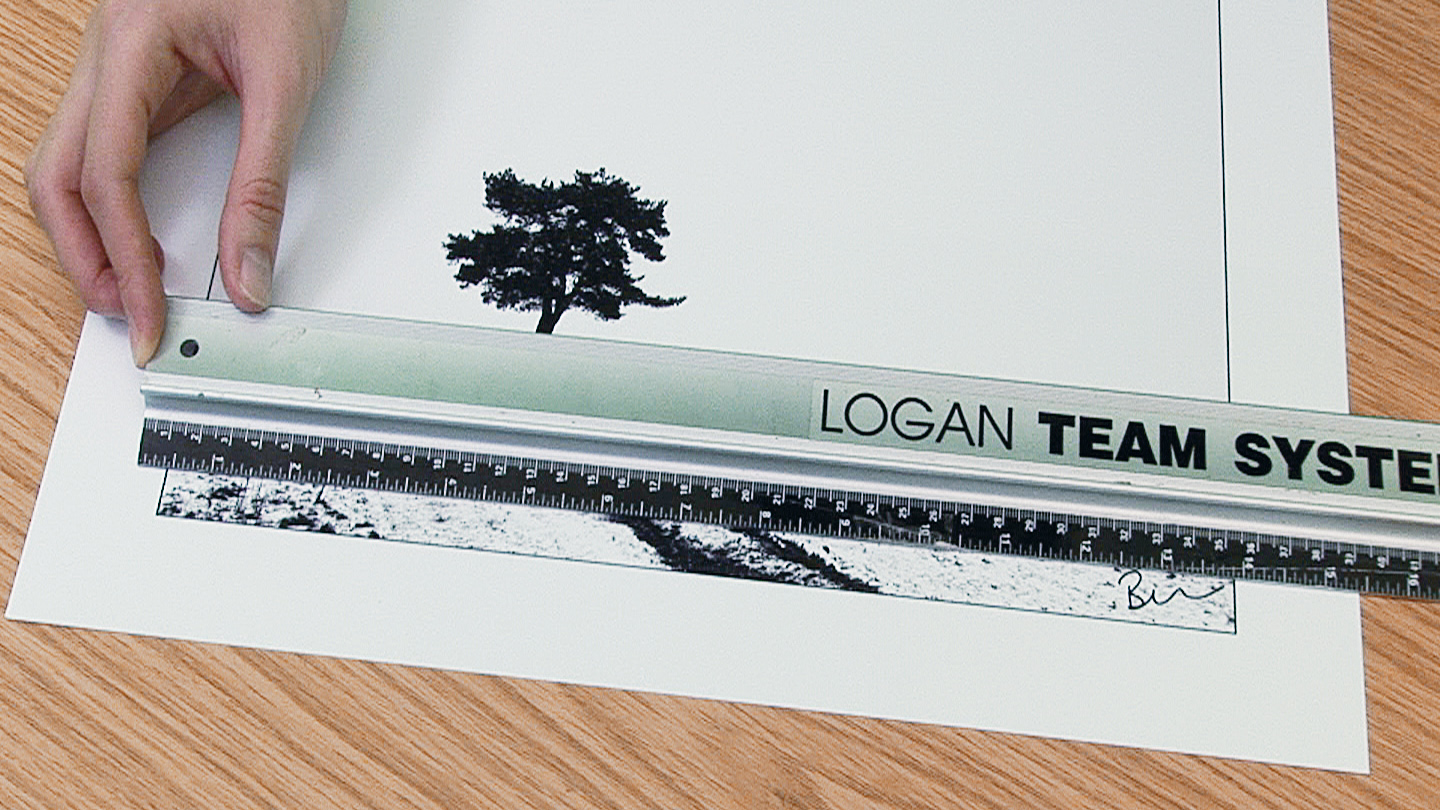
2. Measure your print
You’ll need to measure your print in order to calculate the width of the window mount. It’s best to leave a 1cm gap between the black border on the print and the edge of the window mount, so allow for this excess when measuring the print.
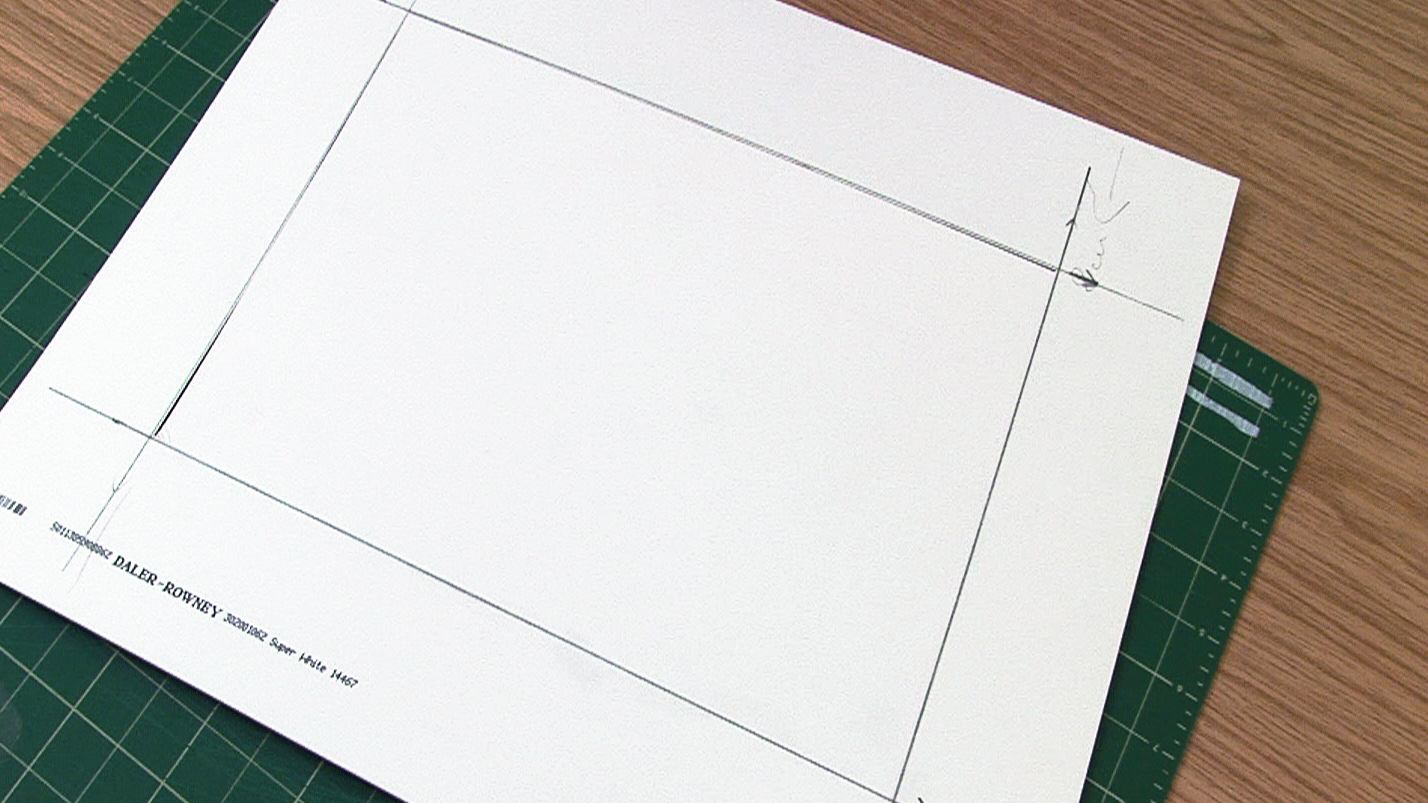
3. Size up the window mount
Decide how much of a border you want around the window of the mount. In this image the mount board is 50cm by 40cm, compared to the print size of 36cm by 24cm: a difference of 14cm horizontally and 16cm vertically. This equates to a border of 7cm on the sides and 8cm on the top and bottom. Mark lines on the reverse of the mount board as shown and cut out the center piece.
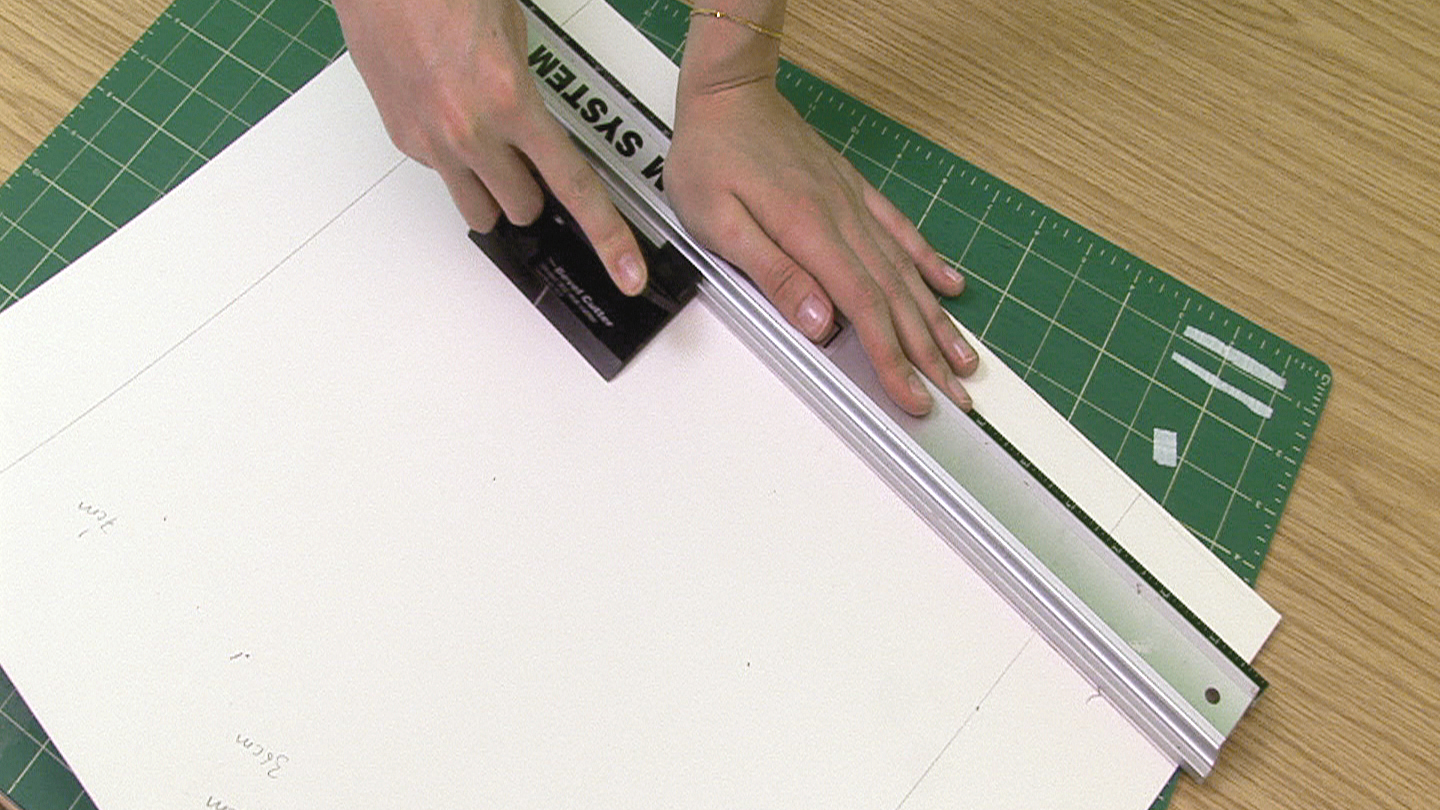
4. Line up the bevel cutter
Make sure the side of the ruler lines up with the edge of a line you have drawn. Next, line up the mark on the bevel cutter with the edge of the adjacent line, as shown in the image above. This ensures that you don’t over-cut the board.

5. Cut out the frame
Now push down hard on the metal blade to score a line along the board, making sure you stop as soon as the mark on the bevel cutter reaches the other adjacent pencil line. Repeat this process about three times to ensure the board has been cut all the way through. Repeat for each of the edges and then pop out the center piece.
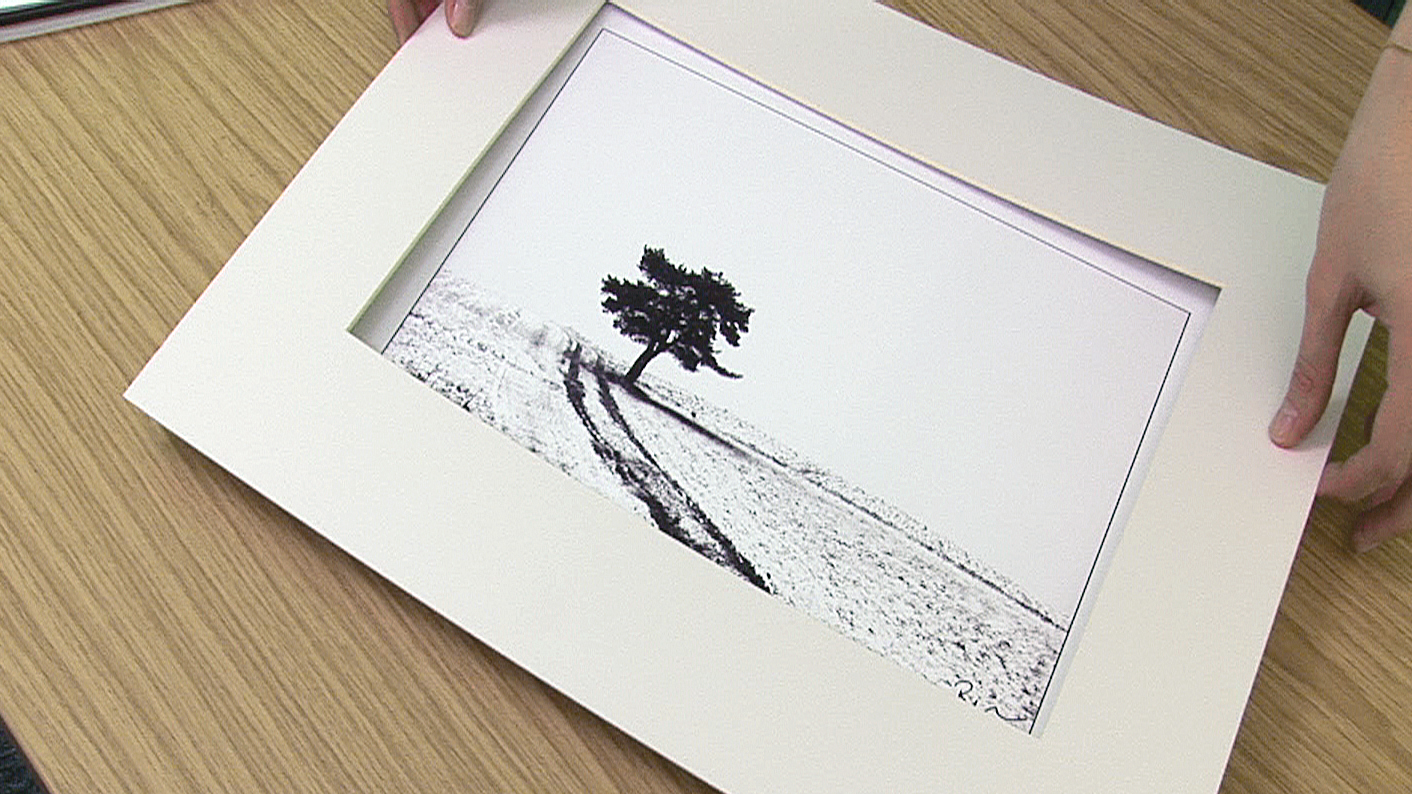
6. Assemble your print
Stick a strip of acid-free tape to two corners on the underside of your image. Hover the window mount over the image to line up the print, and then press the frame down to secure it. Turn the board over and add more tape if you need it. You should now have a perfect mount that can be placed back in the frame.
How to choose the best mat cutter
What is a mat cutter?
A mat cutter is a tool used in framing to create custom matboards for artwork and photographs. Its main use is to cut beveled or straight edges on mat boards to enhance and protect the artwork.
What is matboard?
Matboard, aka mat board or simply 'mat', is a type of material used in picture framing and matting artwork, photographs, and other flat artwork. It's typically made from high-quality paper or pulp-based materials, such as wood pulp, cotton, or a combination of these materials. It is designed to be pH-neutral or acid-free to protect artwork from discoloration and deterioration over time.
What different types of mat cutter are there?
There are two main types of mat cutters: handheld and tabletop.
Handheld mat cutters are small, lightweight, and easy to use. They allow you to cut straight bevels and create standard mats. That makes them a good choice for making simple frames, and for beginners at the art of mat cutting.
Tabletop mat cutters are larger and more expensive than handheld cutters, but they offer more features and greater precision. Tabletop cutters have a fixed guide rail and built-in measuring system, which makes it easier to cut straight lines and angles accurately. They may also have extra features, such as squaring arms and production stops.
What is a squaring arm on a mat cutter?
A squaring arm is a feature on some tabletop mat cutters. It's a long arm affixed at a right angle to your cutter's guide rail, and includes a scale that runs the length of the rail. It's designed to keep your matboard square as you cut, and provide a precise measuring your cuts without having to mark out lines.
What is a production stop on a mat cutter?
A production stop is a metal block or collar that locks down on the guide rail of a mat cutter to prevent it from cutting beyond a certain point. This allows you to cut multiple mats of the same size quickly and accurately. That makes a production stop useful for professional framers who need to cut a large volume of mats quickly.
Get the Digital Camera World Newsletter
The best camera deals, reviews, product advice, and unmissable photography news, direct to your inbox!
Tom May is a freelance writer and editor specializing in art, photography, design and travel. He has been editor of Professional Photography magazine, associate editor at Creative Bloq, and deputy editor at net magazine. He has also worked for a wide range of mainstream titles including The Sun, Radio Times, NME, T3, Heat, Company and Bella.
